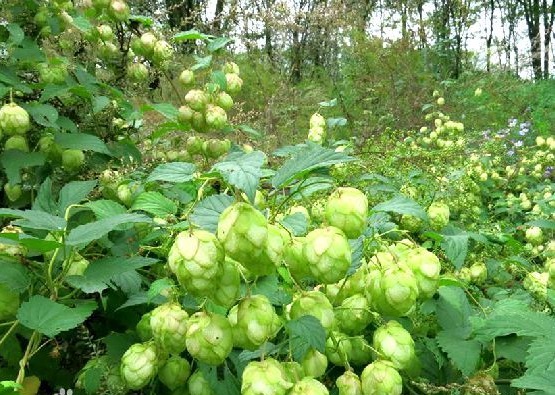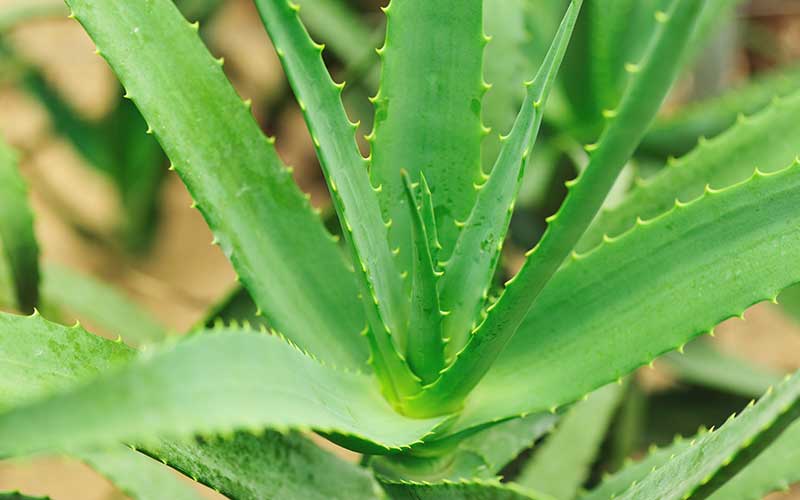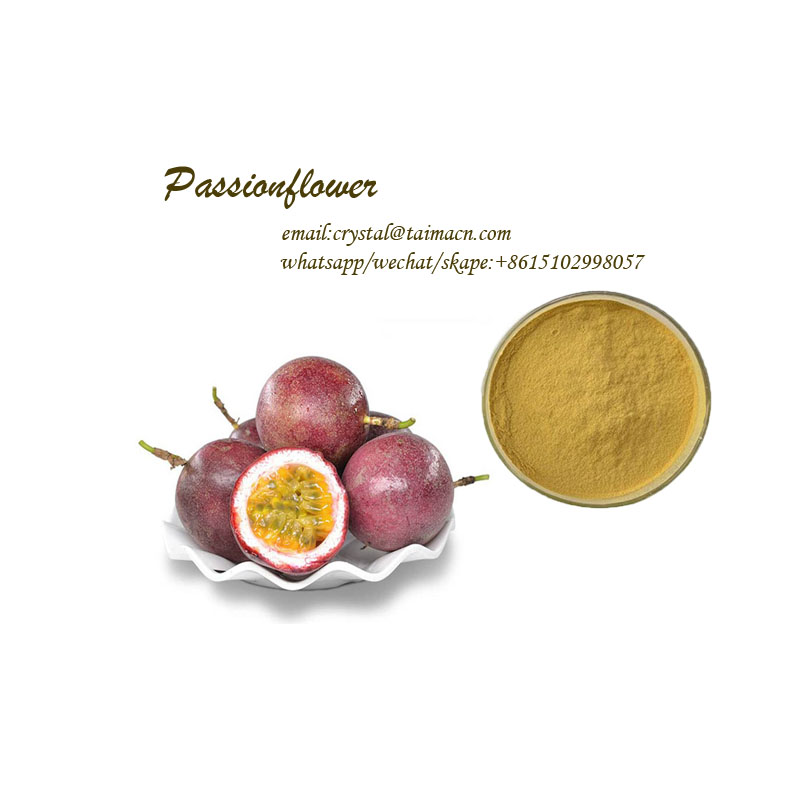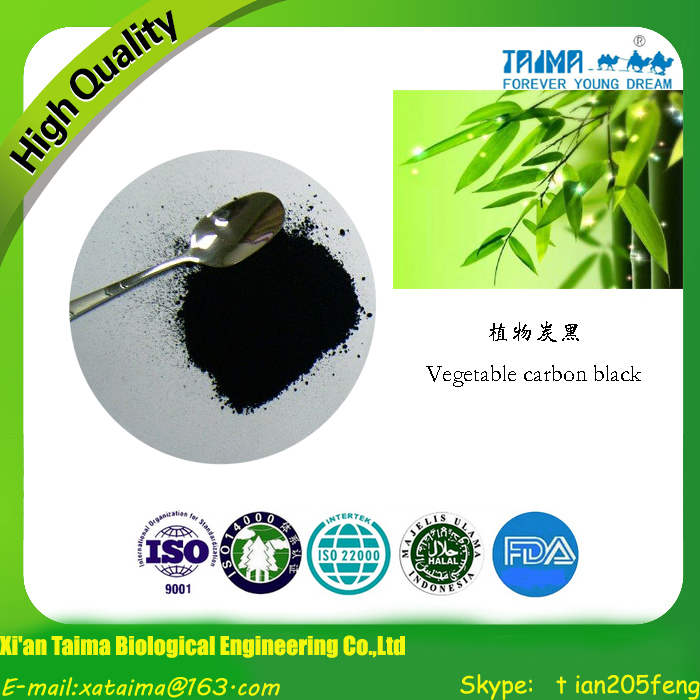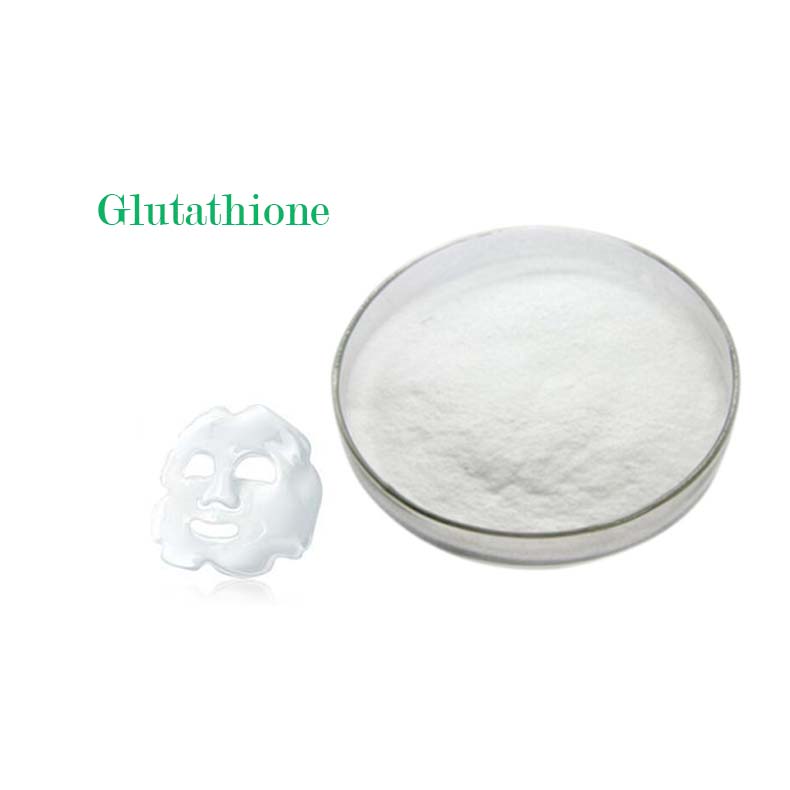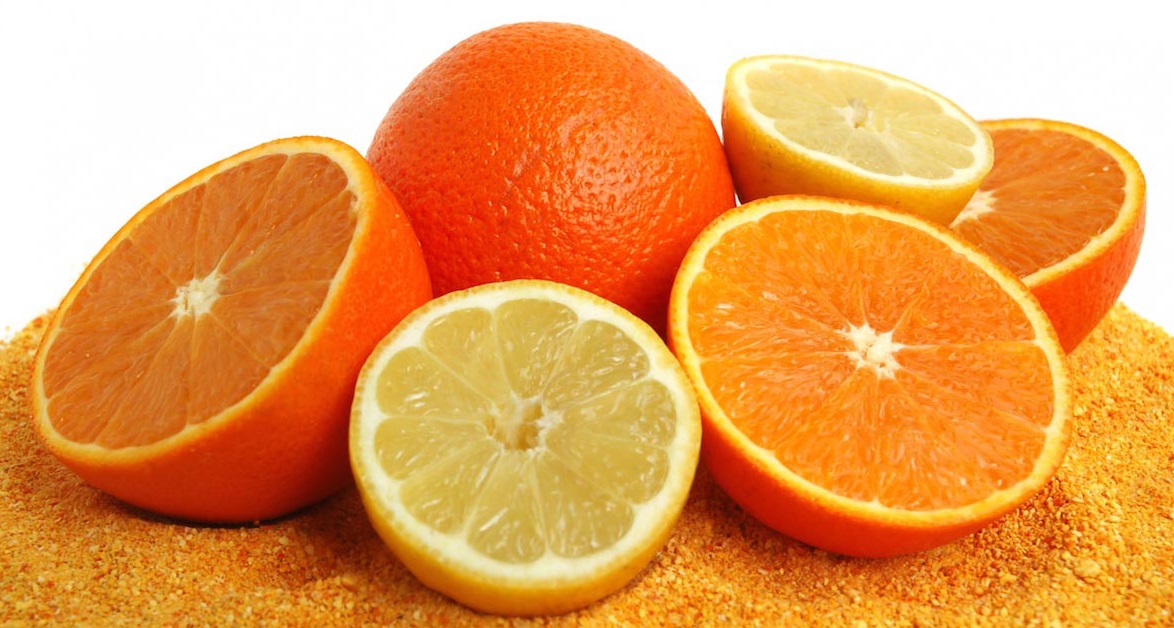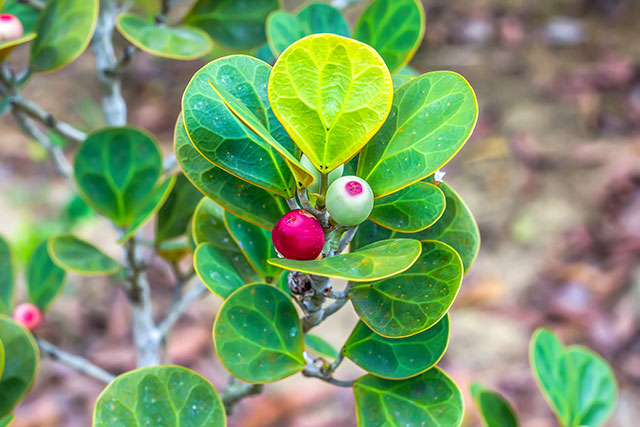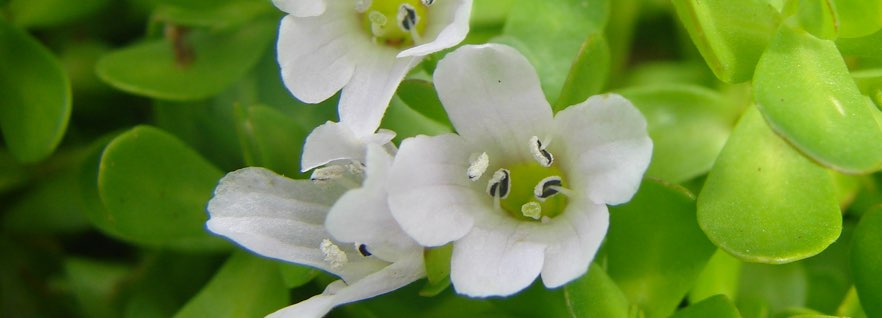
Bacopa monniera extract
Overview of the extract of the purslane
Product Name: F. oleracea extract
English name: Bacopa monniera extract
Latin name: Bacopa monnieri (L.) Wettst.
Main ingredients: pseudo-dentate saponins
Source of extraction: the whole grass of the genus Scrophulariae Bacopa monnieri (L.) Wettst.
Appearance: brown powder
Detection method: TLC
Application dosage form: capsule, tablet, water
Clinical application: raw materials for medicine and health care products
Specifications: 10% 20%
Packing: cardboard drum
Shelf life: 2 years
F. purslane extract details
Plant morphology
False purslane, a plant of Scrophulariaceae. Rooting on the knot, how much fleshy, hairless, looks like a purslane. Corolla bell-shaped, blue, purple or white. Distributed in the tropics and China’s Fujian, Taiwan and other places. Leaves sessile, oblong-lanceolate, 8-20 mm long, 3-6 mm wide, apically obtuse, rarely dentate. Flowers single-leaved, pedicel 0.5-3.5 cm long, with a pair of small bracts under the armpit; two ovate lanceolates before and after the bracts, the other three lanceolate to strip, ca. 5 mm long; corolla blue , purple or white, 8-10 mm long, not obvious 2 lip, upper lip 2-lobed; stamens 4; stigma capitate. Capsule long ovate, apex acute, enclosed in persistent calyx, 4-cleft. Seeds elliptic, one end flat, yellow-brown, with longitudinal ribs on the surface. The flowering period is from May to October.
Chemical constituents of extracts of Purslane
Containing two crystalline triterpenoid saponins: white flower sow saponins A and B (bacoside A, B), acid hydrolysis to produce glucose, arabinose and four saponins: white flower sow saponins A1, A2, A3 and A4.
F.
Each 100 grams of Portulaca oleracea leaves contains 2.3 grams of protein, 0.5 grams of fat, 3 grams of sugar, 0.7 grams of crude fiber, 85 mg of calcium, 56 mg of phosphorus, 1.5 mg of iron. Carotene 2.23 mg, vitamin BI0. 03 mg, vitamins O. 11 mg, vitamin PP 0.7 mg, vitamin C 23 mg. In addition, it also contains a large amount of norepinephrine, potassium salts and rich citric acid, malic acid, amino acids and alkaloids.
False purslane effect
1. Lishui reduces swelling, lowers blood pressure. Purslane contains a large amount of potassium salt, which has a good effect of reducing water swelling; potassium ions can also directly act on the blood vessel wall to expand the blood vessel wall and prevent the thickening of the arterial wall, thereby reducing The role of blood pressure.
2. Eliminate dust, prevent and cure ulcerated purslane, eliminate venom degeneration and necrosis, prevent lymphatic inflammation and prevent fibrotic changes, prevent the formation of sputum nodules, and have certain curative effect on vitiligo; Contains more carotene, can promote the healing of ulcer disease.
3. Sterilization and anti-inflammatory Purslane has strong inhibitory effect on dysentery bacillus, typhoid bacillus and Escherichia coli, and can be used for adjuvant treatment of various inflammations. It is known as “natural antibiotic”.
4. Prevention and treatment of heart disease Purslane contains a rich Y-3 fatty acid, which can inhibit the production of serum cholesterol and triglyceride in human body, help increase the synthesis of prostaglandins in vascular endothelial cells, and inhibit the formation of thromboxane A2. Decreased blood viscosity, promotes blood vessel dilatation, prevents platelet aggregation, coronary spasm and thrombosis, and thus plays a role in the prevention and treatment of heart disease.
